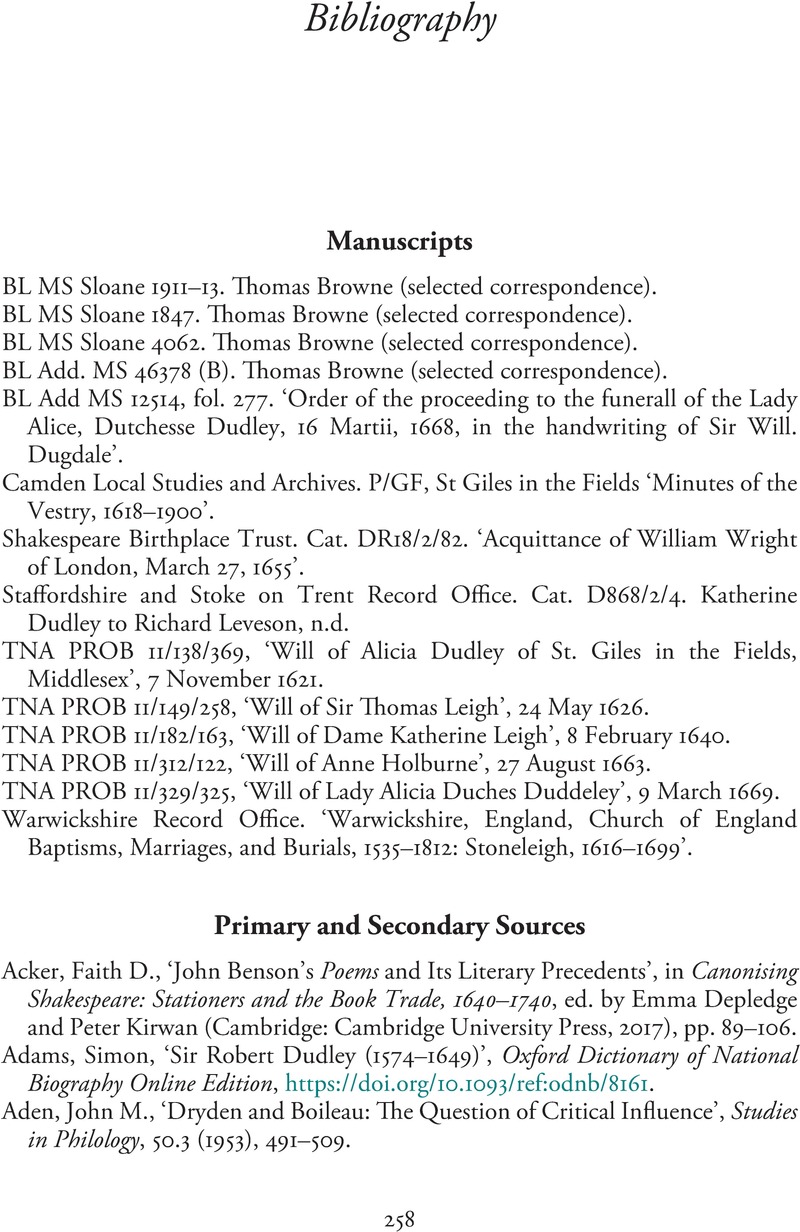Book contents
- Memory and Mortality in Renaissance England
- Memory and Mortality in Renaissance England
- Copyright page
- Dedication
- Contents
- Figures
- Notes on Contributors
- Acknowledgements
- Introduction
- Part I The Arts of Remembering Death
- Part II Grounding the Remembrance of the Dead
- Part III The Ends of Commemoration
- Parting Epigraph
- Bibliography
- Index
- References
Bibliography
Published online by Cambridge University Press: 06 October 2022
- Memory and Mortality in Renaissance England
- Memory and Mortality in Renaissance England
- Copyright page
- Dedication
- Contents
- Figures
- Notes on Contributors
- Acknowledgements
- Introduction
- Part I The Arts of Remembering Death
- Part II Grounding the Remembrance of the Dead
- Part III The Ends of Commemoration
- Parting Epigraph
- Bibliography
- Index
- References
Summary

- Type
- Chapter
- Information
- Memory and Mortality in Renaissance England , pp. 258 - 284Publisher: Cambridge University PressPrint publication year: 2022



